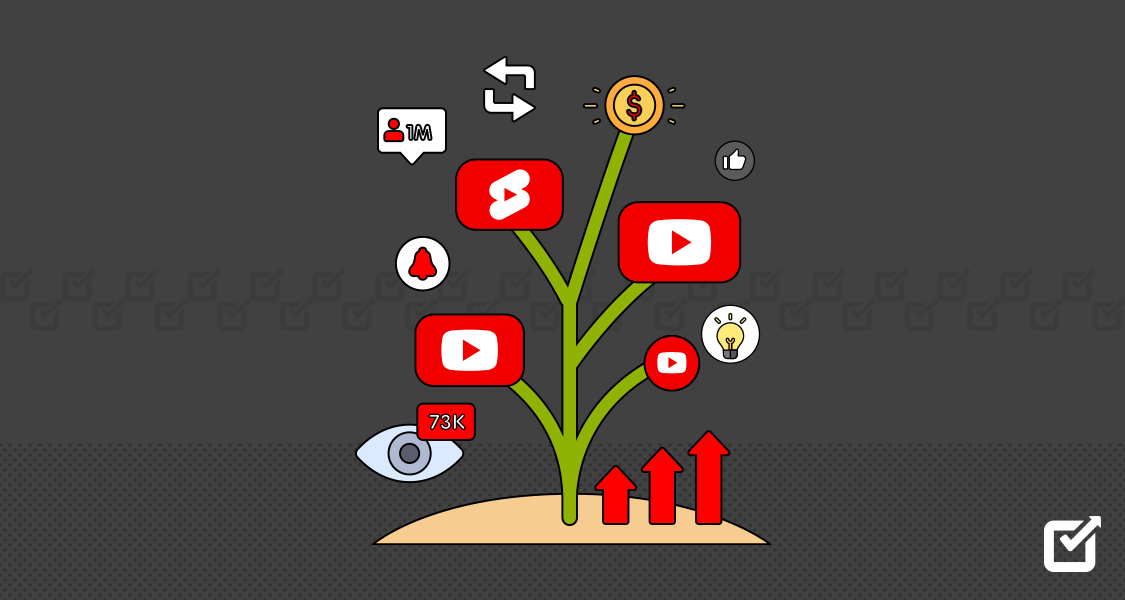Remote work is no longer just an alternative work style; it has become the dominant mode of operation for millions of professionals and businesses worldwide. According to Buffer’s 2024 State of Remote Work Report, over 60% of companies now offer fully remote or hybrid work options, and this trend shows no sign of slowing down in 2025. With this seismic shift, remote work tools and technology have evolved from nice-to-haves to business essentials that determine team productivity, engagement, and overall success.
In 2025, managing remote teams demands robust, integrated technology platforms that facilitate smooth communication, efficient project management, and secure file sharing. Without the right software stack, businesses risk collaboration breakdowns, wasted time, and lost revenue. This comprehensive guide unpacks the latest remote work tools, technology trends, and practical insights to help businesses and remote workers thrive in the digital workspace.
Why Investing in the Right Remote Work Tools Is a Business Imperative in 2025
The challenges of managing a dispersed workforce can’t be overstated. Teams often work across multiple time zones, on different devices, and with varied communication preferences. Here’s why the right remote work tools are more critical than ever:
-
Communication Breakdown: Without reliable tools, information silos develop, leading to misaligned goals and duplicated work.
-
Decreased Productivity: Inefficient workflows and lack of visibility on task status slow down projects and frustrate employees.
-
Security Risks: Remote access to sensitive company data exposes organizations to cybersecurity threats unless protected by strong technology.
-
Employee Disengagement: Lack of connection and collaboration tools can cause feelings of isolation, affecting morale and retention.
Research by Gallup shows that highly engaged remote teams outperform their disengaged counterparts by up to 21% in profitability. Technology is the backbone of engagement, enabling virtual face-to-face interactions and smooth workflows.
Core Categories of Remote Work Technology in 2025
To build a high-functioning remote workspace, businesses should focus on these critical software categories:
1. Communication Platforms for Real-Time Connectivity
Clear, consistent communication is the cornerstone of effective remote work. This includes instant messaging, video conferencing, and asynchronous communication tools.
-
Zoom: Renowned for its reliability and ease of use, Zoom remains the leader in video conferencing. Features like breakout rooms, virtual backgrounds, and advanced security measures cater to diverse meeting needs. Its integration with calendar apps simplifies scheduling.
-
Microsoft Teams: Beyond video calls, Teams integrates chat, file sharing, and Office 365 apps into a unified workspace. This integration is crucial for organizations deeply embedded in the Microsoft ecosystem.
-
Google Meet: A favorite among Google Workspace users, Google Meet offers seamless video conferencing with strong security and AI-powered noise cancellation.
2. Cloud Collaboration Suites for Document and File Sharing
Remote teams require centralized hubs to co-create and manage documents in real time.
-
Google Workspace: Google Docs, Sheets, and Slides allow multiple collaborators to work simultaneously, with real-time updates and comment threads enhancing collaboration transparency.
-
Microsoft 365: Its cloud-based Office apps (Word, Excel, PowerPoint) sync documents across devices, with OneDrive enabling secure file storage and sharing.
-
Dropbox Business: Known for its file synchronization and collaboration features, Dropbox offers integrations with Slack, Zoom, and Microsoft Teams.
3. Project and Task Management Systems to Organize Workflows
Managing distributed teams’ projects demands tools that provide clarity on task ownership, deadlines, and progress tracking.
-
Asana: Offers comprehensive project views, including lists, boards, timelines, and workload management. Asana’s automation rules reduce manual work, and integrations with communication platforms enhance coordination.
-
Trello: Its kanban-style boards and cards provide a visual method of managing tasks, making it ideal for agile teams and creatives.
-
Monday.com: Combines project management with CRM, marketing workflows, and other functions, suitable for larger teams needing customization.
4. Time Tracking and Productivity Analytics for Accountability
Tracking hours and productivity ensures fair billing and identifies productivity bottlenecks.
-
Toggl Track: Simple, user-friendly time tracking with detailed reporting features and integrations for invoicing.
-
RescueTime: Passively tracks app and website usage, providing insights to improve focus and reduce distractions.
-
Hubstaff: Adds GPS and activity monitoring, helpful for field workers and freelancers.
The Role of Artificial Intelligence and Automation in Remote Work Tools
AI and automation are transforming remote work tools, making workflows smarter and less labor-intensive.
-
AI-Powered Meeting Assistants: Tools like Otter.ai transcribe meetings in real time, highlight key points, and create searchable notes, eliminating the need for manual note-taking.
-
Smart Scheduling: Platforms such as x.ai and Calendly use AI to coordinate meeting times across time zones automatically, reducing back-and-forth emails.
-
Workflow Automation: Tools like Zapier and Integromat connect disparate apps to automate repetitive tasks such as data entry and notifications.
-
Sentiment Analysis: Emerging AI tools analyze team communication to detect potential conflicts or disengagement, helping managers intervene early.
Security and Privacy: Non-Negotiables in Remote Work Technology
With 75% of remote workers using personal devices, ensuring cybersecurity is paramount. Remote work tools must provide:
-
End-to-End Encryption: For communication and file sharing, preventing data interception.
-
Multi-Factor Authentication (MFA): Adds a layer of login security to protect accounts.
-
Compliance with Regulations: GDPR, CCPA, and industry-specific standards like HIPAA.
-
Regular Security Updates: Providers should offer continuous patches to address vulnerabilities.
Leading platforms like Microsoft Teams and Zoom have enhanced security features to address these needs, but businesses should implement comprehensive IT policies alongside tool adoption.
Tips for Successful Adoption of Remote Work Technology
Adopting technology effectively requires more than just buying software. Consider these strategies:
-
Conduct Needs Assessment: Survey your team to understand pain points and desired features.
-
Pilot Programs: Test tools with a small group before company-wide rollout.
-
Training and Onboarding: Offer hands-on sessions, tutorials, and resources.
-
Create Clear Usage Policies: Define when and how to use tools to avoid communication overload.
-
Gather Continuous Feedback: Use surveys and meetings to refine workflows and tools.
Case Study: How Salesforce Leveraged Remote Work Technology to Boost Productivity
Salesforce, a global leader in CRM, shifted over 50,000 employees to remote work in 2020. By investing heavily in Microsoft Teams and Slack, alongside cloud collaboration tools, they reported a 15% increase in team productivity in 2021. Salesforce’s success hinged on integrating tools into daily workflows and emphasizing employee training.
Where to Discover and Evaluate Remote Work Tools
Besides direct vendor sites, marketplaces like:
-
G2: User reviews, ratings, and comparisons.
-
Capterra: Filterable lists by industry, features, and price.
-
GetApp: Focus on SaaS products for remote work.
These platforms provide detailed insights and can help narrow down software choices.
The Future of Remote Work Technology Is Collaborative and Intelligent
As we advance through 2025, the future of remote work tools is one of integration, intelligence, and user-centric design. Businesses that prioritize flexible, secure, and intuitive technology will unlock the full potential of their remote teams. From AI-enhanced workflows to immersive virtual reality meetings, the remote workspace is evolving rapidly — and the right tools are your gateway to sustained success.





